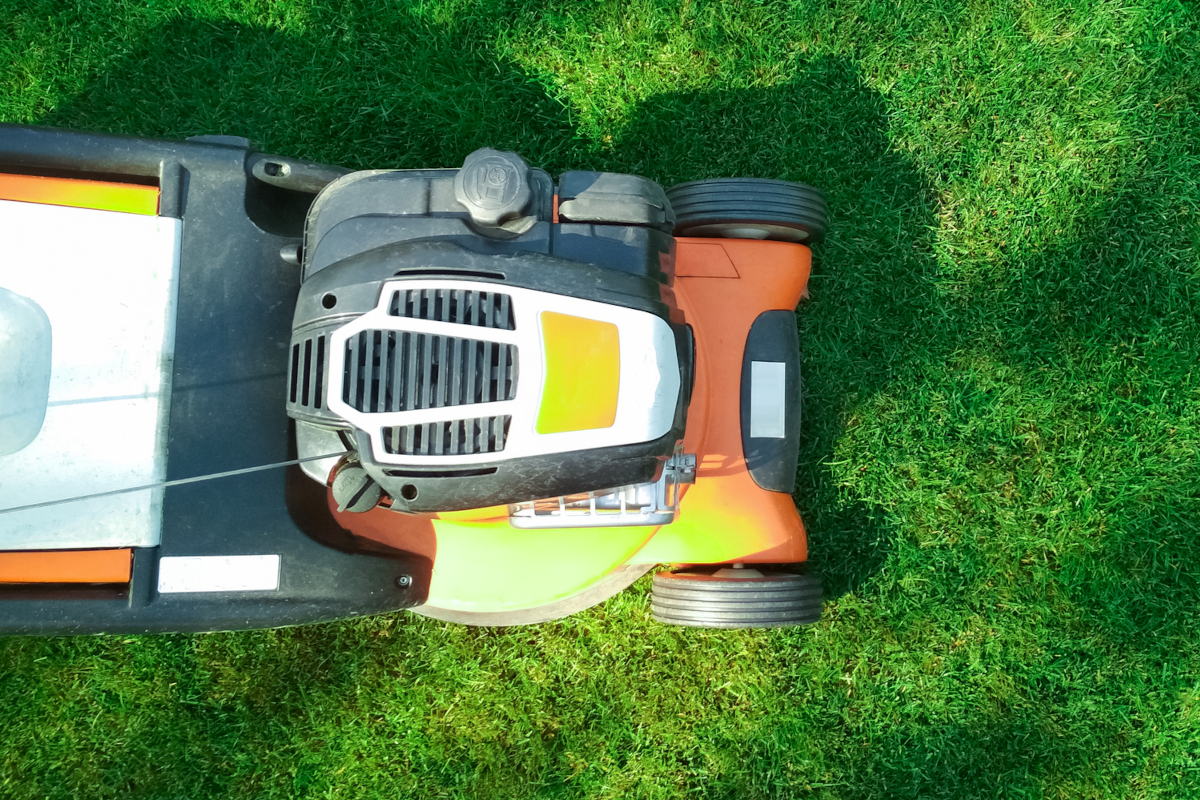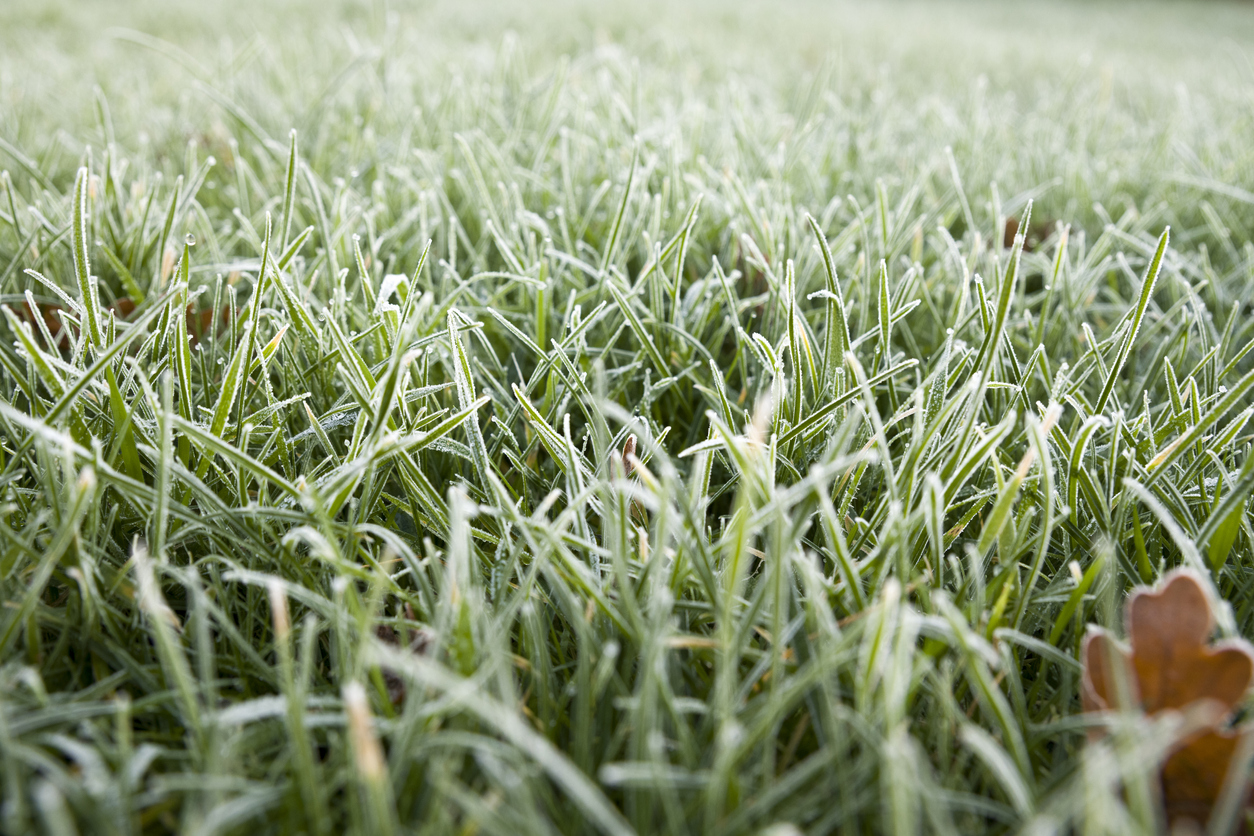

We may earn revenue from the products available on this page and participate in affiliate programs. Learn More ›
Q: I don’t cut my grass on a schedule—the time I mow varies from week to week. But I recently heard mowing at the right time of day can make your lawn healthier. What’s the best time to mow the lawn?
A: Although mowing is a simple chore, timing when you mow the lawn for the best results possible does call for a bit of planning. The best time to mow the lawn is generally midmorning or, if that’s not possible, midafternoon.
There are several reasons why these parts of the day are the best times to mow, as well as some additional factors to account for.
RELATED: Solved! This Is the Best Time to Water Grass
Experts agree that midmorning is the best time to mow the lawn.
Once the dew and morning moisture evaporate, midmorning (around 10 AM, to be more precise) is the best time to cut the grass. Mowing grass too short can stress a lawn, so it’s important to mitigate any possible damage by mowing earlier in the day. Mowing at midmorning gives the grass the rest of the day to “heal” before more dew settles again in the evening. The midmorning heat will also be more manageable for both you and your grass, minimizing sun damage all around.
Midmorning is the best time to mow the lawn for a couple of other reasons: It’s late enough in the morning that you won’t disturb your neighbors by running a loud lawnmower, and tackling the chore early allows you to enjoy a potentially chore-free afternoon.

Cutting the grass too early can damage your mower and your turf.
Early risers should wait a while before jump-starting their day by mowing the lawn. Early morning grass will still hold moisture from dew or overnight showers that yet to be be absorbed by the grass or evaporated by the sun.
Cutting grass despite the presence of moisture is not a good idea. Mowing wet grass increases the chances of compacted soil restricting nutrients to your lawn, and your lawn mower’s wheels can slip and unintentionally pull out grass. Mowing wet grass also risks damaging your mower, as the grass can clump and clog the blades, forcing the mower to work much harder than normal.
Another reason to wait for morning moisture to disappear is that wet grass can be a slipping hazard and lead to personal injury.
Mowing at midday is not ideal.
If you wait until the midday heat sets in to mow your lawn, you’ll be exposing the freshly cut ends of grass to the heat of the day, which could burn them. At this time of day, grass starts to become limp from the heat, potentially leading to unevenly trimmed turf.
Mowing the lawn in the heat of the day also requires manual labor in the sun, putting you at risk of sunburn, heat exhaustion, and worse. Any time your turf is under high amounts of stress (such as during drought or high heat), refrain from mowing the lawn, as it will do more harm than good.
RELATED: I Used Sunday Lawn Care for Just 2 Months—Now My Lawn Is Unrecognizable
Late afternoon is the second-best time to mow the lawn.
While midmorning is the best time to mow, it may not not fit your schedule. In that case, aim to mow your lawn in the late afternoon instead. Late afternoon is the second best time to mow your grass because the day’s temperatures begin to cool off, helping you avoid burnt cut grass tips for a healthier lawn.
Late-afternoon grass hasn’t begun to accumulate dew or other precipitation, so there’s less concern about damaging your mower or turf. You can also leave some lawn clippings on the grass to restore some of its nutrients. A good trick to remember when cutting the grass is to alternate your mowing pattern every time, as this encourages upright lawn growth.

Consider seasonal factors before and after cutting the grass.
Spring brings a new growth cycle for your lawn. During this season, mow the grass shorter than usual to remove dead leaf blades. Throughout the growing season, mow your property regularly. Keep the grass at a height of 2.5 to 3.5 inches—shorter in the spring when grass grows aggressively and longer in the hot months to promote drought and heat resistance. Try to mow your lawn once a week to control the growth and keep your grass looking its best.
Per University of Arkansas Division of Agriculture recommendations, as the temperature drops with the fall weather, the first frost signals you to stop mowing warm-season grasses for the season. You can continue mowing your cool-season grasses until growth stops—usually around Thanksgiving.
